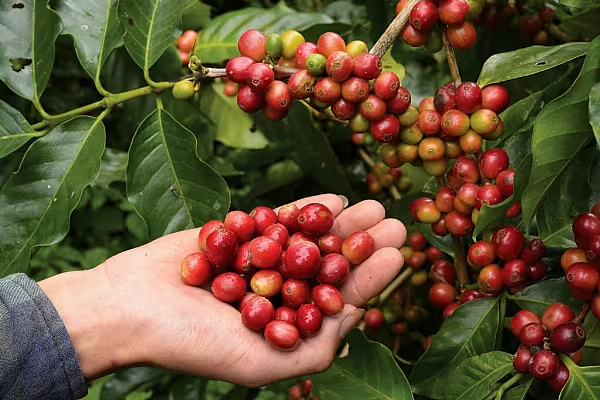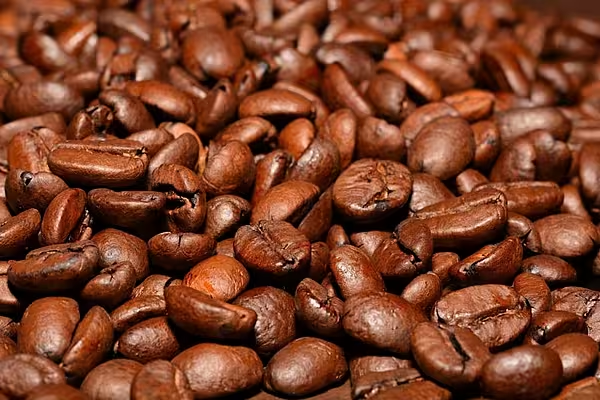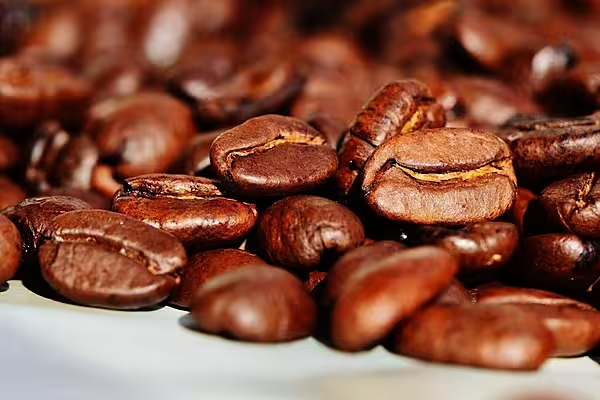Coffee prices are likely to be high for the remainder of the calendar year, with a lack of moisture in Brazil hinting at even longer-term problems, as Nick Peksa reports. This article first appeared in ESM July/August 2022.
It has been recognised for many years that caffeine increases energy metabolism throughout the brain, with its most noticeable effect being increased awareness.
However, scientists have recently observed that caffeine leads to long-lasting changes to the brain. It was discovered that rodents regularly drinking caffeine-infused water were found to experience an overall decrease in the synthesis of proteins involved in metabolism and an increase in those involved in neuronal signalling and plasticity. These changes to their brain cells are believed to boost the activity of genes involved in such processes as memory.
As we already examined tea a couple of months ago, a market update on the other great caffeine source seems sensible.
Coffee Prices
Over the last three years, Brazil, the world’s largest coffee producer, has suffered at the hands of the weather. Last year alone, the price of arabica coffee on the futures markets increased by 109%. This was primarily driven by drought and frost episodes. Arabica coffee prices dropped slightly in May, influenced by the devaluation of some future contracts and on the expectation that coffee production will increase in the 2022/23 season. Brazil’s 2022/23 arabica production will enter the on-year of its biennial production cycle, thus boosting supplies.
The outlook for robusta coffee is also positive. Vietnam is the world’s leading producer of robusta and, following an excellent production year, it has abundant supplies. Vietnam is exporting large volumes of coffee, and the country is expecting another good crop. On the back of excellent weather conditions in southern Sumatra, Indonesia’s 2022/23 robusta production is also forecast to increase (+7%), thus boosting world supplies.
Even with increased supplies of arabica and robusta coffee, the current global consumption of coffee is expected to exceed production by 3.1 million (60kg) bags. With demand outstripping supply, coffee prices should remain high for the rest of the calendar year.
Although things are looking better in Brazil, the industry might still be thrown a curve ball, as the soil in the coffee-growing regions is lacking its normal moisture levels.
Brazilian Drought Easing
Brazil is responsible for the production of 40% of the world’s arabica crop, of which 84% is grown in two regions: Minas Gerais and São Paulo. October 2020 was the start of the drought, and 86% of the two main coffee-growing regions were regarded as abnormally dry, of which an area equating to 26% experienced drought conditions.
To compound these issues further, Brazilian frosts have also affected crops – since October 2020, many coffee regions have experienced three strong frost episodes. Frost at harvest time (May through September) is particularly damaging to ripe coffee cherries and renders them unusable, thus again affecting yields.
These harsh conditions continued into 2021, and, as a result, coffee yields decreased by 28.%. A prolonged drought directly affects the flowering and fruit development of a coffee crop. The drought has continued into 2022 – however, the dry conditions started to lessen in October 2021, thanks to some long-awaited rainfall. Additional rain fell in January 2022, which is significant, as this is the critical period for the development of coffee cherries.
Overall, from September 2021 to March 2022, the average rainfall in coffee-growing regions increased by 45%, year on year. As of May 2022, only 48% of Minas Gerais and São Paulo were classified as abnormally dry. The area classified as experiencing severe drought was reduced to just 11% of the region.
The harvesting of the 2022/23 robusta crop is beginning to step up in Brazil, pressing down prices. By mid-May, 5% of the total coffee crop had been harvested. Harvesting activity is ramping up, as the peak harvest season started in late May and has continued into the month of June. Coffee production in Espírito Santo and several other minor states is forecast to be high this season. However, we are still not out of the woods, as soil moisture in Brazil is sitting at its lowest levels in 20 years. Dry soils cause additional stress to coffee trees, and consequentially affect yields.
Ending Thoughts
Even though the article has nothing really to do with how coffee can alter your brain cells, I thought it was rather fitting, as I drink lots of coffee ... and I was supposed to write about vegetable oils, but I forgot.
My main take-home for buyers is to be cautious this year. Even though things are improving, the low moisture content of Brazilian coffee soils could cause some problems. My suggestion to buyers is to consider reformulating your coffee blends to include more robusta beans, thus saving costs.
Read previous Buyer’s Brief reports here.
© 2022 European Supermarket Magazine – your source for the latest supply chain news. Article by Nick Peksa. Click subscribe to sign up to ESM: European Supermarket Magazine.














